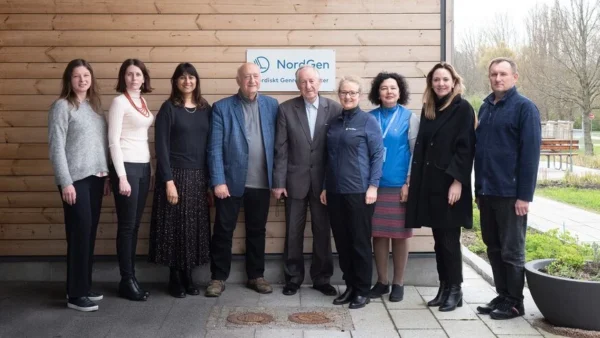Plant breeding technologies are evolving, and because of that, regulations must change to keep pace. Consider gene editing — within the last two months, both UK and India published regulatory changes with concern for that methodology.
Now, the seed industry is looking to change the way governments approach regulations on plant breeding — specifically to “future proof” them. The International Seed Federation’s (ISF) World Seed Congress recently hosted a panel discussion to see how that could be possible.
“This is something we’ve been discussing at ISF — how best to future proof and continue to have policies that are fit for purpose essentially,” says Bernice Slutsky, chair of the ISF coordination group on plant breeding innovation. “Government policies are always going to lag a little behind scientific advancement, but in this particular area, it’s moving quite rapidly.”
Due to the rapid nature new breeding techniques such as gene editing, many regulations have needed to be flexible and subject to change.
“When most countries put policies in place, they were simpler applications of these newer technologies,” she says. “There are ways that you can integrate flexibility within a system that allows it to evolve.”
One way to future-proof policies is to show how technology is used today, and how it could be used in the future.
“Then, regulators can start thinking about breeding in the context of what they have now and how they can interpret things,” Slutsky says. “Hopefully then they would not have to redo or regulate.”
From a company perspective, this not only helps clarify regulations related to potential new products, but it helps products get to market faster.
“Developing a product in our industry takes anywhere up to 15 years or longer for simple crops that grow in one season,” says Marc Cool, global seed policy leader of Corteva. “You must look far ahead and advance to see what the policy will be so that you can go to market.”
Cool says this has been a problem since even before biotech hit the market in the late 1990s, especially in Europe. However, if a policy could address food as needing to be safe and grown without environmental harm in a way that is agnostic of how it was developed, Cool believes products could move freely through the marketplace.
“As long as the production industry complies with that, products could flow through the market, and you’re burdened instead by what innovation you can access, not what innovation you’re allowed to use,” he says.
Innovation is especially important in smaller, orphan crops, like cassava — crops that are feeding the world.
“If we can’t have innovation in these crops, which have significant agronomic problems, then it’s really sad that we’re limiting ourselves on their use,” he says. “Even as a large company, we have a very open desire for as many people as possible to access technology. When everyone accesses technology, that creates a competitive environment that adds value.”
But, ISF says the globe is on the forward march to progression.
“Governments are ahead of others in terms of actually developing and implementing policy,” Slutsky says. “But it’s really a progression — we’re seeing a growing recognition among countries that certain categories of gene edited products should not be treated the same as a GMO, and we all know the difficulties we’ve had with regulations GMOs.”
Stay tuned for more coverage of the ISF World Seed Congress on seedworld.com.
Want to read more from ISF? Check out:
Vegetables Find a Place in Food Systems
Implement a Systems Approach to Move Seed
ISF Tackles Communication Through a New Structure
Can’t be at the World Seed Congress? Here’s How to Watch
ISF Announces New Event to Encourage Next Generation of Leaders













